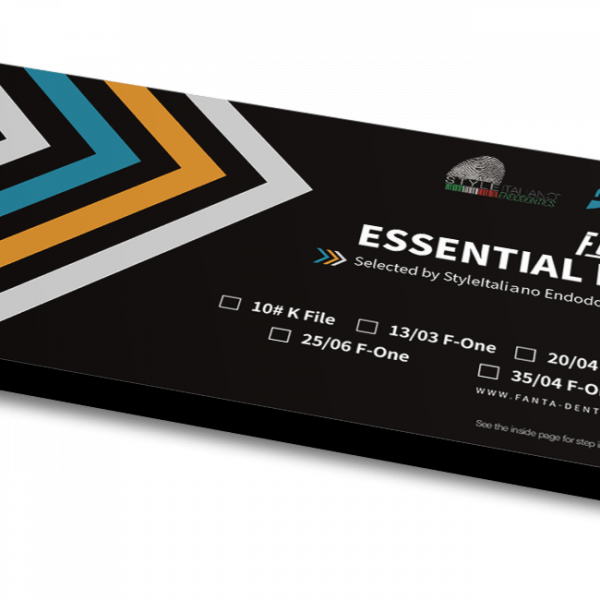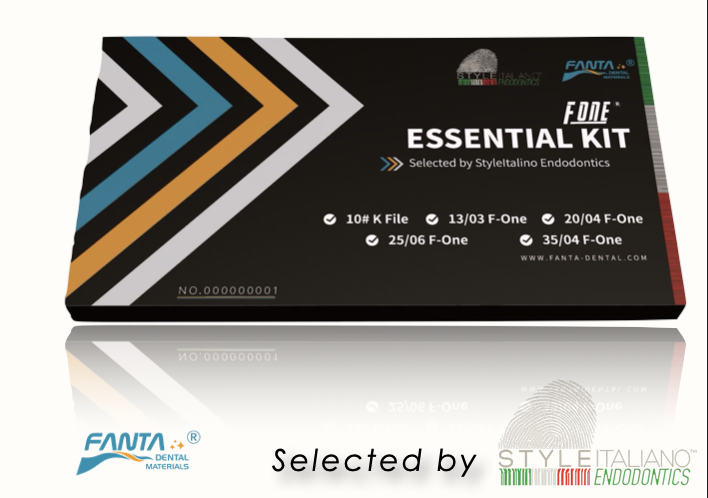
Essential kit: for majority of the cases
23/01/2024
Massimo Giovarruscio
Warning: Undefined variable $post in /var/www/vhosts/styleitaliano-endodontics.org/endodontics.styleitaliano.org/wp-content/plugins/oxygen/component-framework/components/classes/code-block.class.php(133) : eval()'d code on line 2
Warning: Attempt to read property "ID" on null in /var/www/vhosts/styleitaliano-endodontics.org/endodontics.styleitaliano.org/wp-content/plugins/oxygen/component-framework/components/classes/code-block.class.php(133) : eval()'d code on line 2
Root canal preparation has been considered the most important step in Endodontic therapy for dentin removal. It is a challenge for even the most experienced Endodontist to achieve optimum cleaning and shaping respecting the original anatomy. The main factor that determines the prognosis of restored pulpless teeth is preservation of sound dentin. Residual dentin thickness indicates the mechanical limits of instrumentation, to enlarge the diameter of the root canal, to approximately predetermined values that would not significantly weaken the dentinal walls.
A direct relationship exists between the residual dentin thicknesses to the access cavity dynamically modified. During the access cavity, the preservation of sound dentin is most importance. At least 1 mm of root dentin should remain in all root aspects along its entire length after all intra-radicular procedures are completed. Knowledge of the root canal anatomy is essential to modify the access appropriately. However the thickness of root canal walls is an important factor since any false assumptions about it may lead to problems such as strip perforation. Strip perforations and vertical root fractures are possible outcomes of excessive removal of radicular dentin especially in zones that have been termed danger zones.
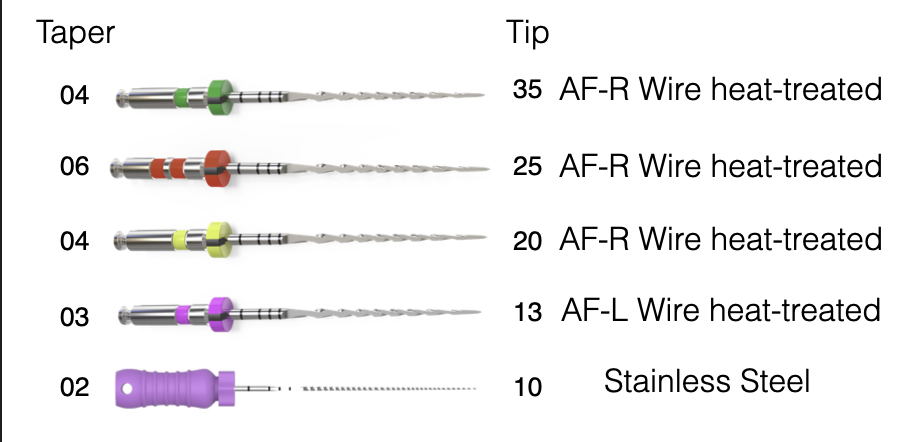
Fig. 1
The Essential Kit by FANTA is composed by files whose shape is anatomically driven
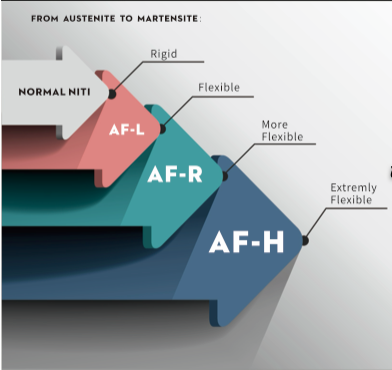
Fig. 2
The AF wire is a developed NiTi Alloy, with excellent mechanical strength properties and a good cutting efficiency.
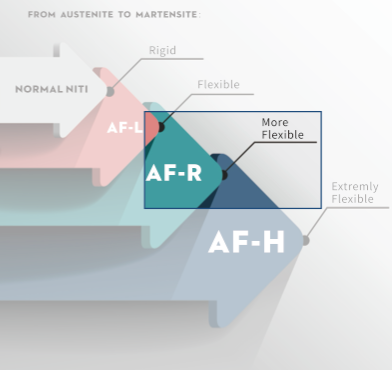
Fig. 3
The files composing the Essential Kit are made by AF-R wire, so they are flexible but still they maintain a good cutting efficiency
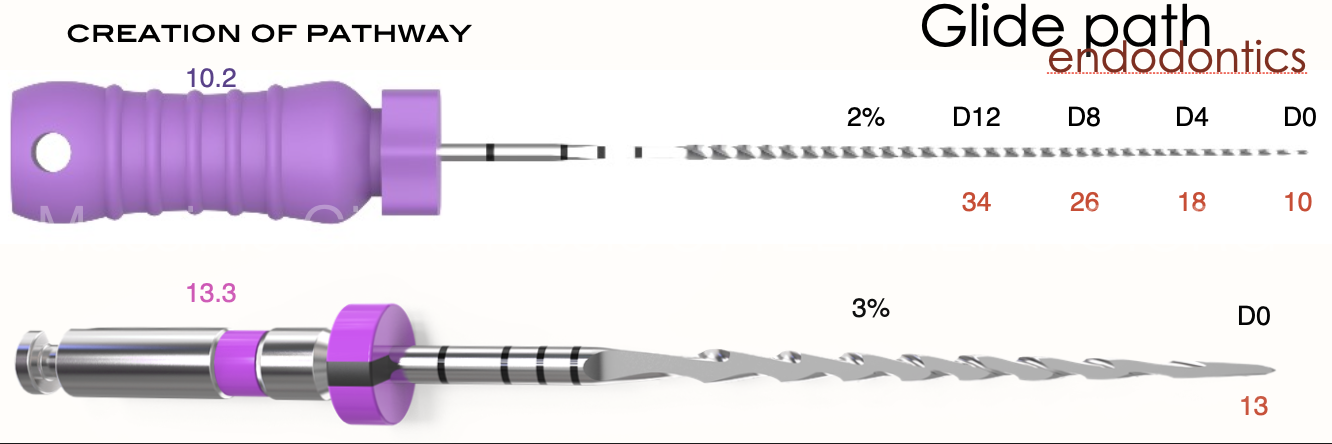
Fig. 4
To shape the tooth safely, we always start with a glide path, that can be done with manual or mechanical files.
The Essential Kit
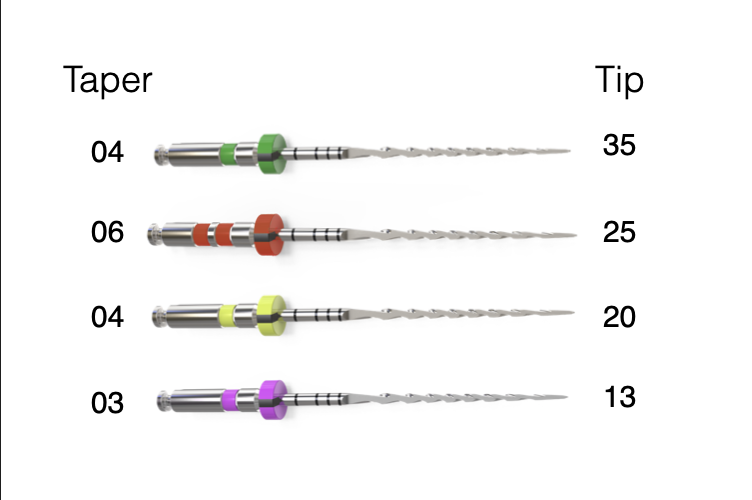
Fig. 5
Features:
-continuous rotation
-flat cut design
-Unique cross section
-Higher cutting efficiency
-Non cutting tip
-Higher resistance to cyclic fatigue
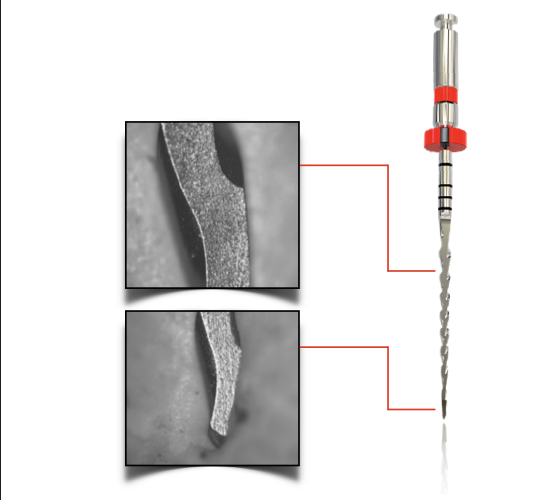
Fig. 6
Flat cut design:
-more room for irrigation
-controlled memory file
-increased debris removal during instrumentation
-less debris accumulation
-decreased risk of fracture
-the flat surface is not cut deeply, increasing the flexibility without compromising the strength of the file (good for curved canals)
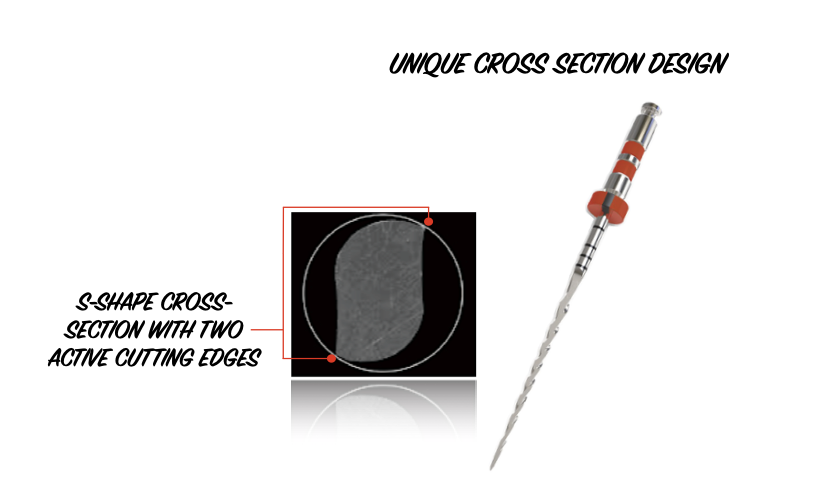
Fig. 7
The files have an unique S shaped cross section, with two active cutting edges
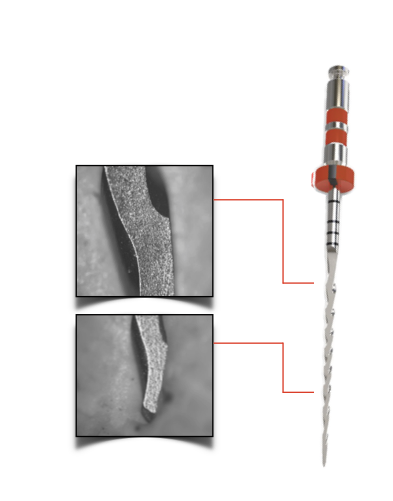
Fig. 8
Higher cutting efficiency
The vertical blades can sweep debris from the flutes to the relieved area
Better cutting
Less stress
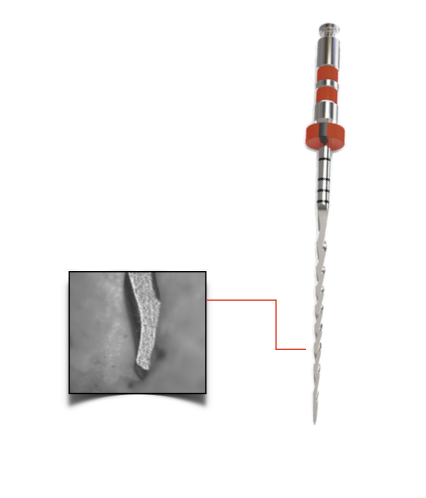
Fig. 9
Non cutting tip
- No screw in effect
- Less risk of iatrogenic complications
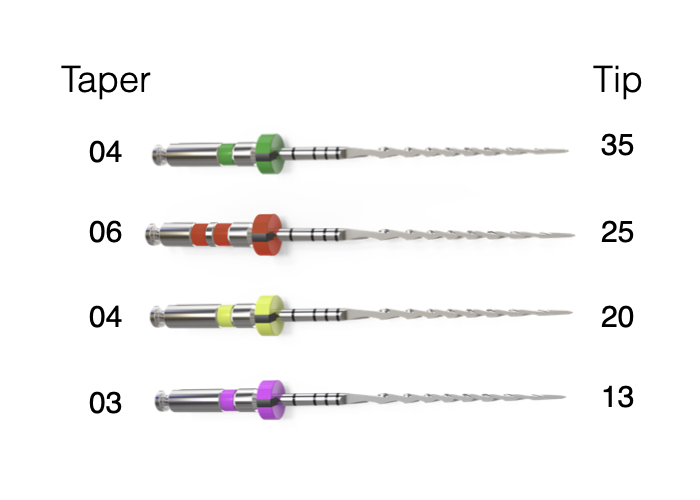
Fig. 10
RECOMMENDATIONS
-FREQUENTLY CLEAN THE SPIRES
-FREQUENTLY CHECK FOR FILE DISTORTIONS
-IRRIGATE ABUNDANTLY EVERY STEP
-FOLLOW THE ADVISED SETTINGS RPM/TORQUE
-USE THEM WITH PLENTY OF IRRIGANT
-APPLY A SOFT PRESSURE TO THE INSTRUMENTS (PRESSURELESS TECHNIQUE)
-FOLLOW PICKING OR BRUSHING MOTION
CONTRAINDICATIONS
-NO MARKED APICAL CURVATURES
-NO CANAL BLOCKS
-DO NOT USE ON PATIENT ALLERGIC TO NICKEL
-DO NOT USE WITHOUT RUBBER DAM

Fig. 11
Sequence used for the majority of canals (95%)
How to do

Fig. 12
Endo motor setting
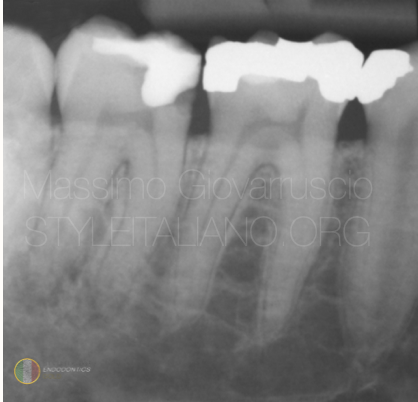
Fig. 13
In this case, Essential kit Fanta Files has been used to perform a root canal treatment of a lower molar. The design and the wire of the rotary files have a right balance between flexibility and cutting efficacy for the respect of residual dentinal thickness.
Pre operative X-ray
Video of the procedure

Fig. 14
X-rays
Conclusions
The article underlines the importance of the preservation of sound dental tissue.
Access cavity should be dynamically modified to preserve the dentinal tissue. Knowledge of the anatomy is an important factor to consider.
Conservative coronal preflaring and glide path creation will decrease the incidence of problems in the apical third during shaping of the canals.
Flat side design of the Fanta files improves resistance to flexural fatigue due to the major flexibility reached giving more space for the debris and the respect of the anatomy.
At least 1 mm of root dentin should remain in all root aspects along its entire length after all intra-radicular procedures are completed.
Bibliography
-E Coutinho. "Current concepts and techniques for caries excavation and adhesion to residual dentin." Journal of Adhesive Dentistry, 2011, Vol 13, Issue 1, p7
-Anil K Tomer, Anjali Miglani, Priyali Chauhan, Nidhi Malik and Anushree Gupta. Residual Dentine Thickness. IJADS 2016; 2(4): 96-99
-Tabrizizadeh M, Reuben J, Khalesi M, Mousavinasab M, Ezabadi MG. Evaluation of radicular dentin thickness of danger zone in mandibular first molars. J Dent Tehran Univ Med Sci. 2010; 7(4):196-199.
-Gambarini et Al. Role of the Flat-Designed Surface in Improving the Cyclic Fatigue Resistance of Endodontic NiTi Rotary Instruments. Materials (Basel). 2019 Aug 8;12(16):2523. doi: 10.3390/ma12162523





